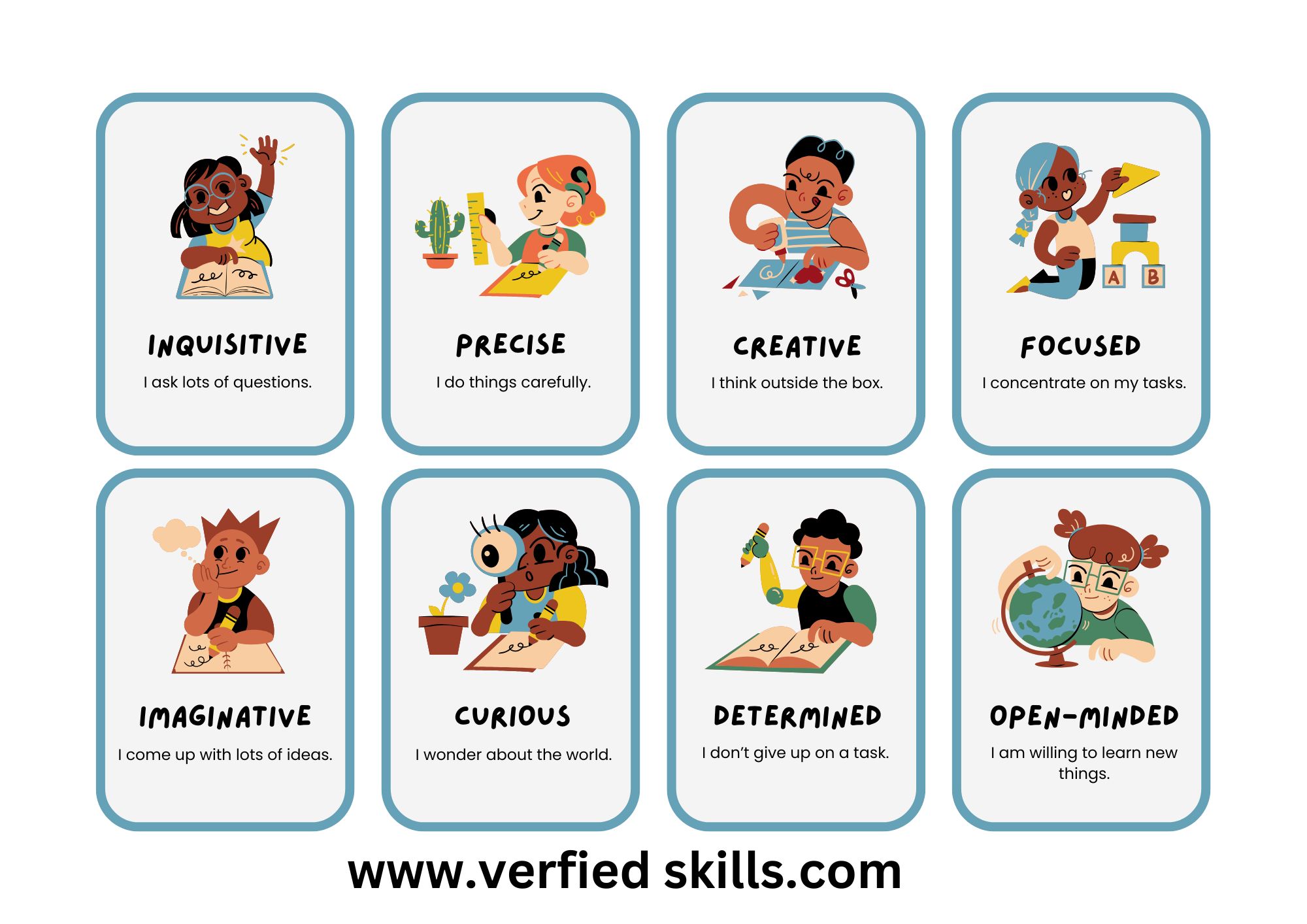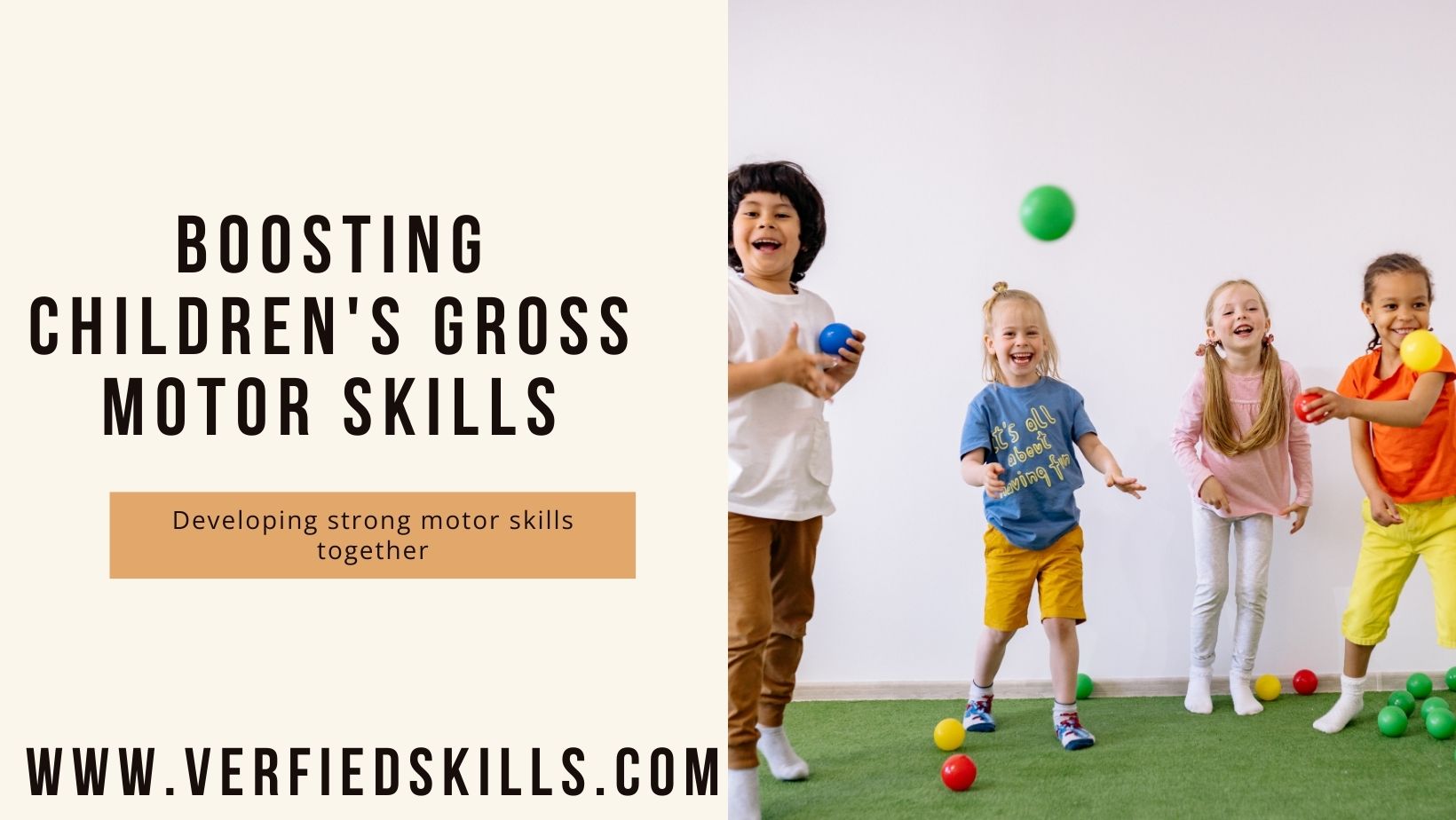Grasping Gross Motor Skills: An Extended Analysis :
Introduction :
The large muscles of the body are more properly referred to as gross motor skills. These muscles will enable a person to perform a basic task such as walking, running, and also more specialized actions like jumping, climbing, or even throwing. Dinsmore states that, ‘Every parent, educator, or health care professional working with a child needs to have a clear understanding of gross motor skills and their significance’ as these are critical in a child’s development.

Definition and Importance
Gross motor skills are defined as movements that require a number of muscle groups and are large in nature. Furthermore, these skills are critical in many physical activities and sports such as running and may also be beneficial in a teenager’s social and emotional development. Gross motor development activities can be helpful in increasing children’s self-esteem and sense of accomplishment.
Development of Gross Motor Skills
Stages of Development
The development of milestones in gross motor skill development starts from infancy through to the toddler years. Familiarity with these periods of development can assist one in distinguishing achieved milestones and when extra assistance may be required by a child.
1. **Infancy (0-12 months)**:
At birth, infants are capable of automatic movements, like the withdrawal reflex and the rooting reflex.
At about six months, infant children are able to sit in an upright position, roll their bodies and also begin to crawl.
Standing up, as well as walking, normally happens between the ages of 9 months and 15 months.
2. **Toddlerhood (1 – 3 years):**
They take the first step alone, run about freely and climb stairs when a help is given.
They should be able to do things such as kick a ball, toss objects and begin to jump vertically.
3. **Preschool (ages 3 to 5 years):**
They begin becoming better at walking, with some time running and even jumping.
They start to have more complex movements, such as balancing on a single foot, or riding a tricycle.
4. **Early childhood (5 – 7 years):**
The gross motor movements become more organized and purposeful.
After engaging in organized sports, children can dance or engage in other complex physical pursuits.
Factors Influencing Development
Women with larger breast may tend to the children whose gross motor skills are developing:
**Genetics**: Some children may genetically be programmed to excel more than the average.
**Environment**: Availability of secure sets, children books and places encouraging activity is conducive for the skill acquisition.
**Physical Health**: Sufficient muscle power, balance and good coordination are required for the acquisition of gross motor skills.
**Social Interaction**: Performing tasks like rolling ball and other physical activities with classmates’ provide motivation to practice the skill.
Holistic Grading of Gross Motor Skills
Need for evaluation
Pediatric, nursing, or educational intervention can be important in the management of children especially when there are regular evaluations for delays or difficulties that have a gross motor component.
Methods of evaluation
**Developmental Screening Tools**: Parents and professionals can use instruments like the Ages and Stages Questionnaire (ASQ) to screen for potential deficits.
**Parent Report Checklists**: During periods of play, teachers and other caregivers can also use checklists to record children’s skills.
**Standardized Tests**: Comprehensive testing of gross motor skills is done using development assessments like the Peabody Developmental Motor Scales (PDMS).
Signs of Delay
Parents and caregivers need to be on the lookout for any signs that may suggest that the child is affected grossly in terms of hey motor skills. For instance, the child may:
Show movements that are very basic or weak for their age.
May not like or even don’t want to go out and perform different activities.
Exhibit an unsteady gait or fall down frequently.
Activities to Improve Gross Motor Skills
Activities that suit a certain age
Children love to participate in various activities that are meaningful and appropriate for their age in order to achieve developed Gross Motor skills. Age-wise, the following can be suggested:
Infants (0-12 months)
**Tummy Time**: Aids in lifting the head and mobilizing neck and back muscles. As tummy time gets him/her to lift the head and turn to different sides, it also serves to strengthen back and neck muscles which may gradually allow for sitting later on.
**Reaching and Grasping**: Place toys just slightly above the child’s reach to encourage them to reach out.
Toddlers (1-3 years)
**Walking and Running**: Design secure areas where toddlers can take walking and running practice safely.
**Climbing**: Engaging in supervised and age suitable climbing reduction structures at play actively promotes strength and ALL-task coordination.
Preschoolers (3-5 years)
**Obstacle Courses**: Design easy finger obstacle course for helps jumping, crawling and balancing activities.
**Ball Games**: Activities such as ball throwing and catching utilize gross motor actions and develop the hand-eye coordination.
Early Childhood (5-7 years)
**Sports**: Allow children to participate in organized team sports, or individual activities involving swimming and gymnastics.
**Dance and Movement**: Allow for the expression of movement and development of creative ideas through taking lessons or by free dancing at home.
Incorporating Gross Motor Skills into Daily Life
Both parents and practitioners can incorporate the Gross Motor Skills growth in plans throughout the day:
**Outdoor Play**: Suggest outdoor playing that is appropriate for them because in most cases assists in developing gross motor skills.
**Chores**: Give children age-related tasks that require movement, like sweeping or working in the garden.
**Family Activities**: Include family activities that necessitate physical activity like hiking and biking.
Gross Motor Skill Development and the Role of Play
Play as a Way of Learning
Play is one of the ways through which a child can acquire gross motor skills. Through play, children coordinate their bodies, learn new movements, and test the limits of their physical skills.
Categories of Play that Enhance the Development of Gross Motor Skills
1. **Active Play**: Activities involving running, jumping and climbing enable children to engage in their larger muscle groups.
2. **Structured Play**: Formally organized games and sports offer avenues to develop their skills as well as teamwork skills.
3. **Creative Play**: Such activities as dancing, role playing and imaginary play require children to move and coordinate their different body parts.

Impact of Technology on Gross Motor Skills
Screen Time and Activity Level
Today’s modern society is characterized by children spending more time on electronic devices which raises concerns about the activity levels. Too sometimes screens may promote sedentary lifestyle behaviors that may yield negative consequences in relation to gross motor skill development.
Technologies vs. Movement
– **Make Rules**:
Set appropriate screen over the recommended time guideline so that the children can engage in active play.
– **Active Play Using Technology**:
Use technological devices to engage in play that requires movement e.g. dancing or sports video games.
– **Physical Engagement Outdoors**: Outdoor and other specific physical activities should be incorporated and considered as a routine activity in the course of the day.
Conclusion: Encouraging Gross Motor Skill Development
It is important to encourage the development of gross motor skills so that it enhances the physical, social and emotional well-being of the child. If parents and educators are able to appreciate the developmental sequence, the significance of the evaluation, and the provision of fun and enjoyable activities, they foster healthy controlled movement in the children they teach or parent.
Remarks
With time, physical activity becomes part and parcel of life because gross motor skills have been established. Hence, nurturing these skills with time and resources is perhaps the greatest gift we can give our offspring.
Given the right mindset and focus towards an active lifestyle where children are given more time to play, the overall development of children is attained helping them in all spheres of life.
1 thought on “7 Key Ways to Boost Gross Motor Skills: How Can You Support Your Child’s Development?”